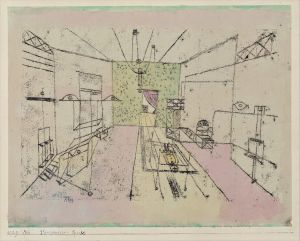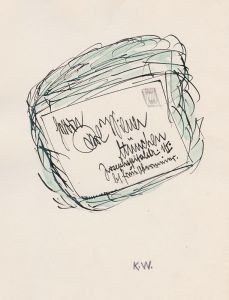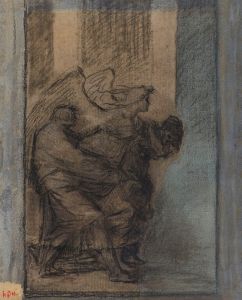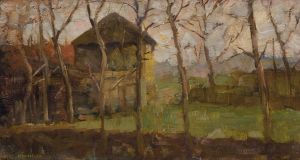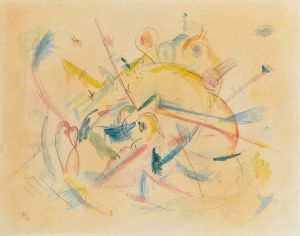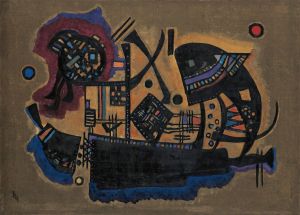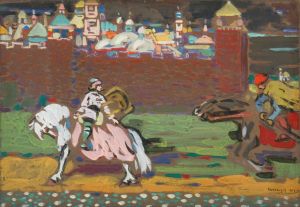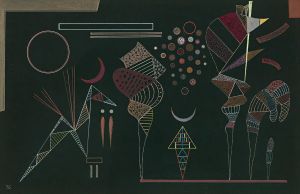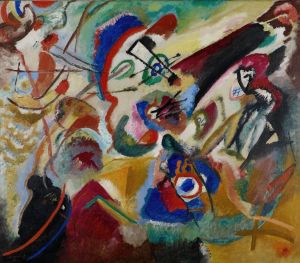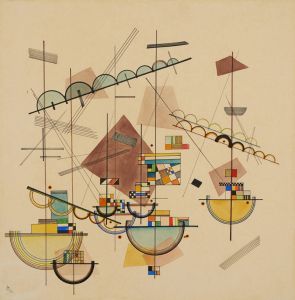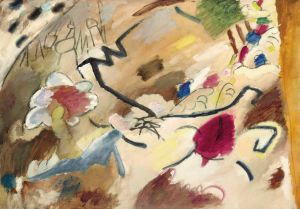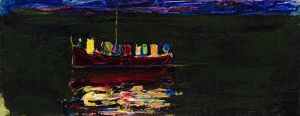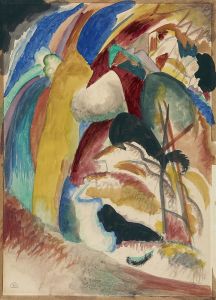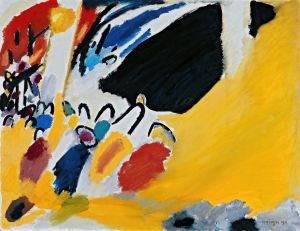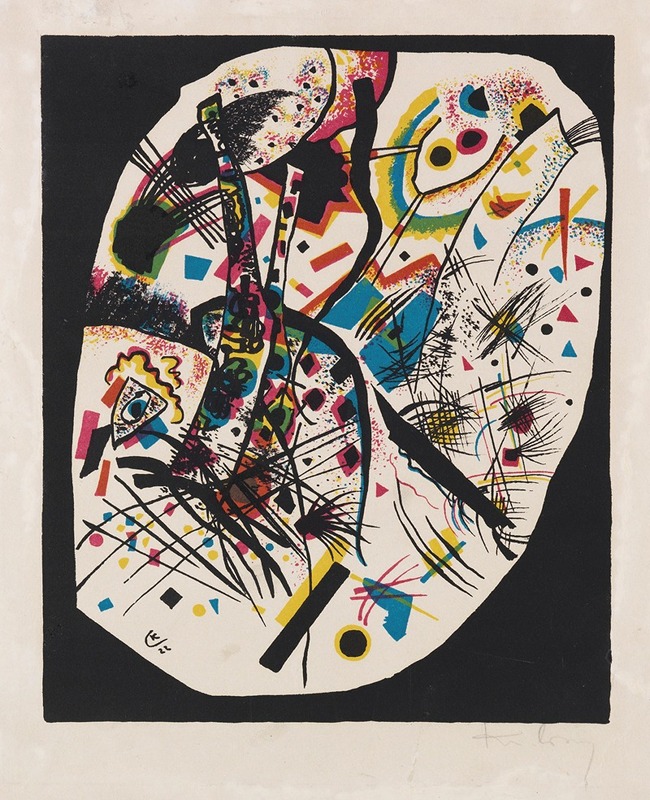
Kleine Welten III
A hand-painted replica of Wassily Kandinsky’s masterpiece Kleine Welten III, meticulously crafted by professional artists to capture the true essence of the original. Each piece is created with museum-quality canvas and rare mineral pigments, carefully painted by experienced artists with delicate brushstrokes and rich, layered colors to perfectly recreate the texture of the original artwork. Unlike machine-printed reproductions, this hand-painted version brings the painting to life, infused with the artist’s emotions and skill in every stroke. Whether for personal collection or home decoration, it instantly elevates the artistic atmosphere of any space.
"Kleine Welten III" (translated as "Small Worlds III") is a lithograph created by the Russian-born artist Wassily Kandinsky in 1922. Kandinsky, a pioneer of abstract art, was deeply influenced by his interest in spirituality, music, and the emotional power of color and form. This work is part of a series titled "Kleine Welten" ("Small Worlds"), which consists of twelve prints created using various printmaking techniques, including lithography, woodcut, and drypoint. The series reflects Kandinsky's exploration of abstraction and his desire to convey complex emotions and ideas through non-representational forms.
"Kleine Welten III" exemplifies Kandinsky's mature style, which he developed during his time at the Bauhaus, the influential German art and design school where he taught from 1922 to 1933. The Bauhaus emphasized the integration of art, craft, and technology, and Kandinsky's work during this period often incorporated geometric shapes, dynamic compositions, and a sense of balance and harmony. In "Kleine Welten III," Kandinsky uses lithography to create a composition filled with overlapping shapes, lines, and patterns. The work is characterized by its intricate interplay of forms and its use of contrasting tones to create depth and movement.
The "Kleine Welten" series as a whole reflects Kandinsky's belief in the universality of abstract art. He sought to create works that could evoke a sense of the infinite and the interconnectedness of all things, regardless of cultural or linguistic boundaries. By using different printmaking techniques for each piece in the series, Kandinsky also demonstrated his mastery of diverse artistic processes and his commitment to experimentation.
"Kleine Welten III" is now considered an important example of Kandinsky's printmaking and his contributions to the development of abstract art in the 20th century. The work is held in various public and private collections and continues to be studied and admired for its innovative approach to form and composition.





